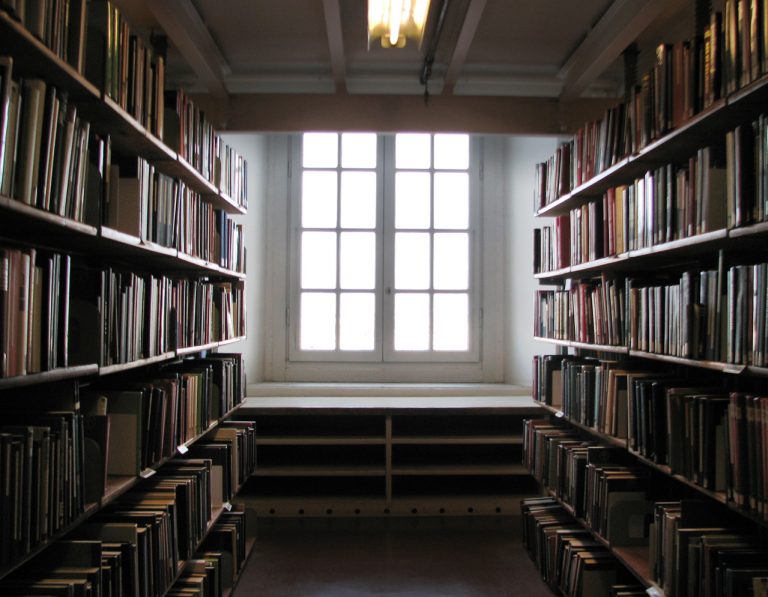
The Cantine di Leonardo wine cellars are located in Vinci, in Tuscany, in a part of the Chianti region not as famous as Chianti Classico or other areas, but with a beautiful countryside where you know you’re getting closer to the coast.
For a “cantina sociale” (or cooperative wine cellars and producers), the Cantine di Leonardo produce some excellent quality wine with a touch of classic Chianti style while also experimenting with some more modern expressions, and is worth a stop on any Chianti wine tour.
Despite receiving a special jury mention in the Best of Wine Tourism awards from Florence recently in the category of architecture, parks and gardens, the Cantine di Leonardo and its wine shop “Enoteca dalle Vigne” is worth a stop just for the wine itself.
While calling the cooperative wine producers the “cellars of Leonardo” might seem a cynical marketing gesture today, it’s an old name that was given in light of the fact that the town of Vinci is closely linked to the man the Italians call “the genius”.
The cooperative cellars were founded 50 years ago and now have about 500 hectares of vines cared for by various growers who have access to the advice of specialists through their participation in the society.
The cellars have created an innovative system of payment to encourage the production of quality grapes, with five categories of grape quality each carrying a different price.
If a grower reaches the first category, he is paid 130 percent of the value of the grapes.
If his grapes reach only the fifth category, he is paid 50 percent of the value.
Chianti wine tasting: Cantine di Leonardo, Vinci This system ensures that the growers are encouraged to increase their quality, and it shows in the wines.
In a wine tasting at the Enoteca dalle Vigne, we had the opportunity to taste four wines, including a white, two reds and a sweet wine.
We started with a wonderful Chardonnay, the Ser Piero.
It’s a modern take on a traditional Chardonnay, in an elegant, fresh wine that has no oak age whatsoever.
The steel vats that the wine is kept in preserve the fresh, fruity qualities of the grape, with some mineral notes on the nose as well.
It’s a versatile wine that works both as an aperitif, and as an accompaniment to first course dishes.
It is a well balanced, structured wine but with a fresh, dry finish.
The elegant Ser Piero Chardonnay was particularly appreciated by the ladies in the group who unanimously voted it a feminine drop.
The Chianti Da Vinci was the first red wine tasted and it comes from grapes sourced in the surrounding Vinci area.
It’s made of 85 percent sangiovese, 10 percent merlot and another five percent of either syrah, colorino or canaiolo.
It’s a simple, easygoing Chianti with only 15 percent of the wine going into oak barrelling.
Frequent mixing of the grape must over the dregs means that excessive extraction is avoided, providing a wine with soft tannins.
On the nose, the Chianti Da Vinci is fruity and a little spicy, while on the palate we perceive the same fresh, fruity qualities.
A step-up in quality takes us to the Chianti Riserva Da Vinci.
It has the same composition as the previous wine, but in line with the quality of the grapes and important structure, ages for 12 months in French oak before another three months’ bottle age before going to market.
It has a spicier nose but with the characteristic cherry notes of a Chianti.
It is a dry wine, likely to appeal to a European palate and the tannins soften after a little breathing.
The finale of wine tasting in Tuscany is always a little swill of the Vin Santo di Chianti.
It’s not always easy if you’re not someone who enjoys sweet wine as some examples are very sweet, and others indistinguishable from another.
The Cantine di Leonardo use a technique with their Vin Santo which gives it an almost fortified wine quality.
The trebbiano, malvasia and San Colombano grapes are left to dry until the February after harvest, while the fermentation process occurs in small oak barrels stored in attics to take advantage of the subsequent temperature variations.
The Vinsanto Leonardo therefore has an amber colour akin to sherry or marsala, with notes of dried fruit and cooked caramel.
On the palate it is an impressive Vin Santo with those same fruity and toffee-like characteristics in a velvety structure.
I’m not always a fan of sweet wines because often they border on saccharine, but this Vinsanto Leonardo has some acidic backbone and a lovely dry finish which makes it an excellent match for aged cheeses, especially gorgonzola (and maybe a Stilton if you’re taking this back to the UK…).
For visits to the Cantine Leonardo, including the recently restored chapel and hunting house you see in these pics, go to their website, and to see the products available or buy online, go to the Enoteca Dalle Vigne website.









